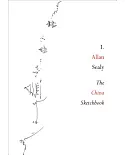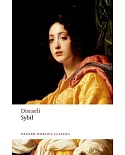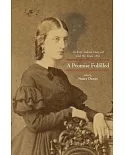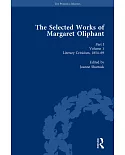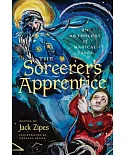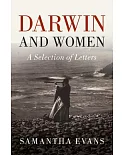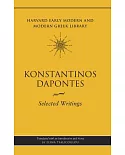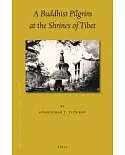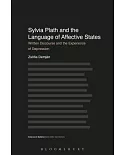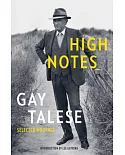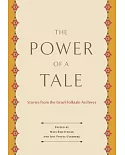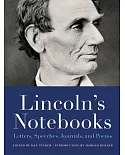Paperback with 46 Pages of Additional Content (Summaries, Critical Notes, Glossary, Exercises, and more) The Canterville Ghost of theRatna Sagar
Classics Series is an enriched edition that any keen reader of literature will be pleased to have. The book includes:a. Brief, well-written
Introduction to the novellab. Annotations that are comprehensive, covering not only themeanings of words and phrases peculiar
to the period in which the book was written, but explaining any concept or historical event that may not be easily understood or recalledc. Summary at the end
of each chapter that is concise yet sufficiently detailed to provide a faithful reproduction of that part of the storyd. Critical notes at the end of each chapter that present
an analysis of the chapter so that the reader can identify the nuances, allusions, and underlying meanings, and therefore appreciate the story bettere. General notes at the end
of the book that present an overview of the book, contexting it in the period in which it was written, and discuss the major themes, characters, or the genre of the bookf.
Artwork that bring to life certain episodes in the story Suggestions for further reading and website links that the reader will find informative and
helpful The Canterville Ghost was Oscar Wilde’s first published story, and it premiered in the magazine The Court and Society Review (February, 1887). Later, it was published in a collection of
short stories titled Lord Arthur Savile’s Crime and Other Stories (1891). Set in late the 19th century, it tells about an American family’s encounter with the ghost of an English nobleman. The
setting is an old English country house, Canterville Chase. It has all the trappings of a traditional haunted house, but the family that comes to live there belongs to a practical, modern way
of life. This sets the stage for the novella. A contrast is shown between traditional English society, which has its roots in a nearly two thousand-year-old history and modern, practical
American society, which belongs a nation discovered only in the 17th century. The seller of Canterville Chase, Lord Canterville, and the buyer, Mr Otis, represent these two cultures,
respectively. The ghost of Sir Simon, a family ancestor, tries his best to scare the Otis family with the most gruesome appearances. However, the realistic American family refuses to get
scared, and Sir Simon ends up only with comic failures. The Canterville Ghost is the kind of story one would write if one wanted to make fun of hair-raising ghost stories. Yet, there are
moments of pure sentiment that do not seem misplaced in the narrative. Wilde’s mastery over sentiment and comedy alike makes this book a perennial favourite. Not surprisingly, the novella has
been widely adapted for the screen, theatre, and graphic medium.


